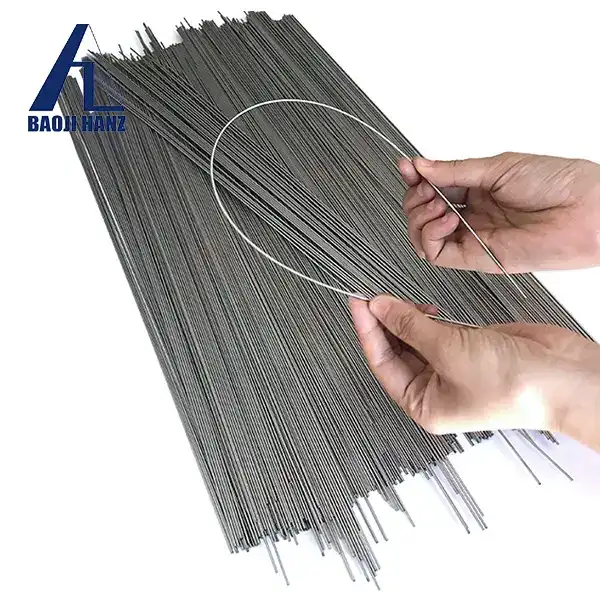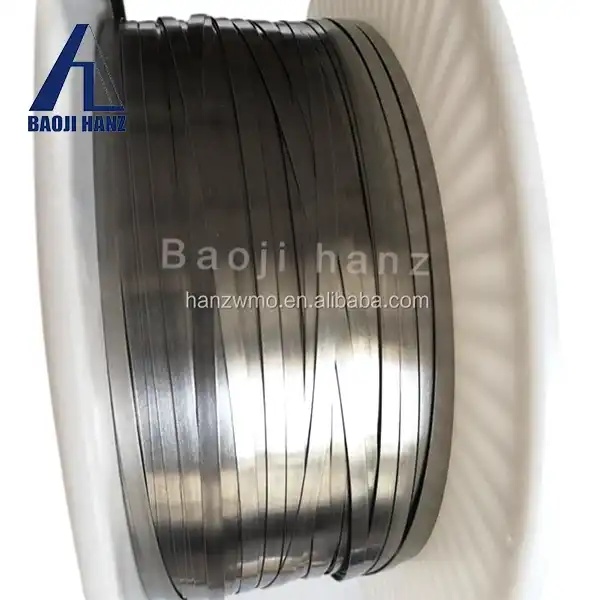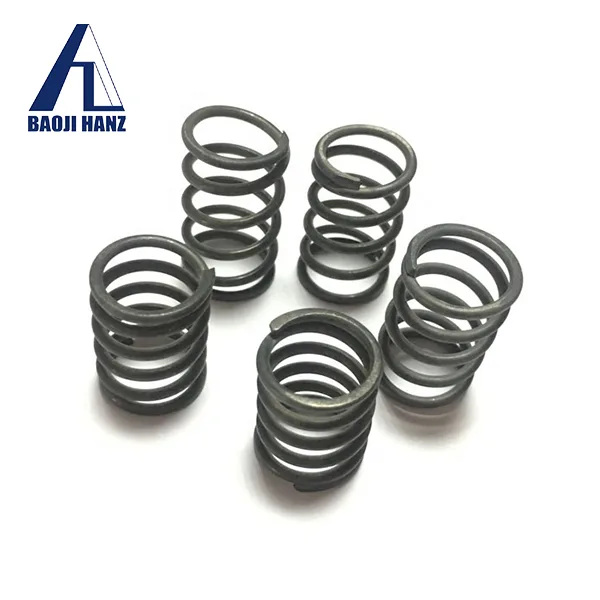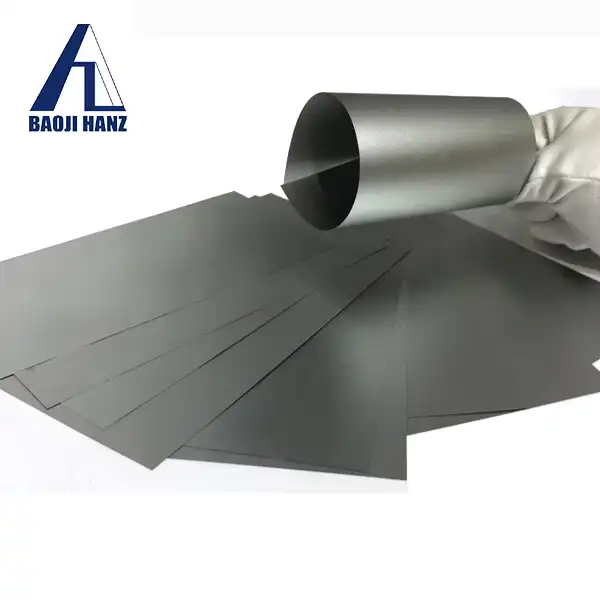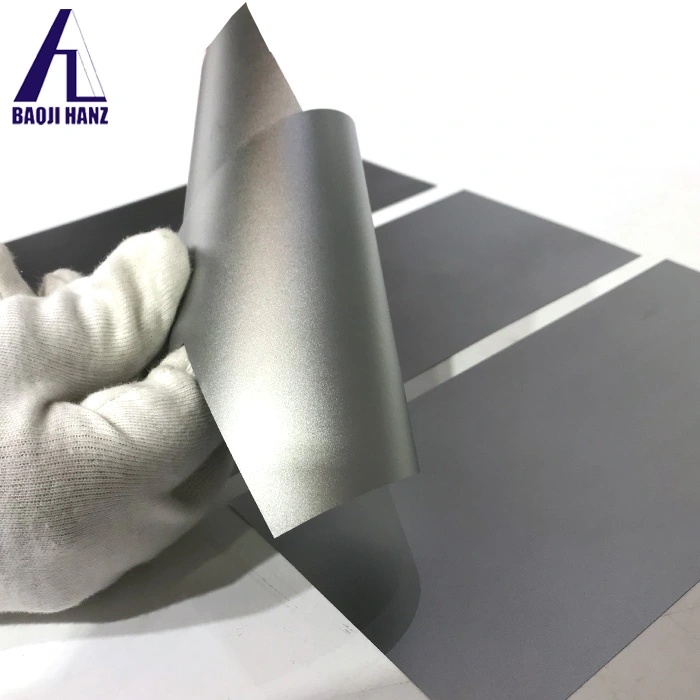How strong is nitinol wire?
2024-07-02 17:43:02
What are the Properties of Nitinol Straight Wire?
Nitinol, an alloy of nickel and titanium, exhibits unique properties that set it apart from other materials. One of its most notable features is its ability to return to a predetermined shape when heated above a certain temperature, a property known as shape memory. Additionally, Nitinol demonstrates superelasticity, allowing it to undergo significant deformation and return to its original shape upon unloading.
Shape Memory and Superelasticity
Shape memory in Nitinol is a result of its phase transformation between austenite and martensite. When deformed at a lower temperature, Nitinol can be returned to its original shape by heating it above its transformation temperature. This process is beneficial in applications where precise control over the material's shape is essential, such as in stents and other medical devices.
Superelasticity occurs at temperatures above the material's transformation point, allowing Nitinol to undergo large strains and recover its original shape without permanent deformation. This property is particularly useful in applications requiring flexibility and resilience, such as eyeglass frames and orthodontic wires.
Mechanical Strength and Durability
Nitinol wire's mechanical strength is impressive, with a high ultimate tensile strength that makes it durable even under repeated deformation and heating cycles. Its fatigue life, or the number of cycles it can withstand before failing, is significantly higher than many other materials, making it ideal for applications involving cyclic loading.
How is Nitinol Straight Wire Used in Medical Devices?
Nitinol wire's unique properties make it invaluable in the medical field, especially in minimally invasive surgeries and implantable devices.
Stents and Orthopedic Devices
One of the most common uses of Nitinol in medicine is in stents. These small, expandable tubes are inserted into blood vessels to keep them open. Nitinol's shape memory allows the stent to be compressed for insertion and then expand to its predetermined shape at body temperature, ensuring it fits perfectly within the vessel.
Orthopedic devices also benefit from Nitinol's properties. For instance, Nitinol wires are used in bone anchors and braces, where their superelasticity and biocompatibility provide effective and long-lasting support to healing bones and joints.
Dental Applications
In dentistry, Nitinol wires are used in orthodontic braces due to their ability to apply consistent, gentle pressure on teeth over time. This property helps in the gradual realignment of teeth, offering a more comfortable experience compared to traditional stainless steel wires.
How Does Nitinol Compare to Other Materials?
Nitinol's combination of shape memory, superelasticity, and biocompatibility gives it a competitive edge over many traditional materials used in similar applications.
Comparison with Stainless Steel
Stainless steel is a commonly used material in medical devices and industrial applications. However, it lacks the shape memory and superelastic properties of Nitinol. Stainless steel wires can be deformed permanently under stress, whereas Nitinol wires can return to their original shape, making them more durable and reliable for long-term use.
Corrosion Resistance
Nitinol also offers superior corrosion resistance compared to many metals. This makes it suitable for use in harsh environments, such as inside the human body, where it is exposed to bodily fluids. Its corrosion resistance helps prevent adverse reactions and extends the lifespan of the medical device.
The Future of Nitinol Straight Wire
The future of Nitinol looks promising, with ongoing research and development aimed at enhancing its properties and expanding its applications. Advances in manufacturing techniques are expected to produce Nitinol with even better performance characteristics, making it suitable for a wider range of applications, including more complex medical devices and advanced industrial machinery.
Innovations in Nitinol Processing
Recent innovations in the processing of Nitinol include improved methods for shaping and treating the alloy to enhance its mechanical properties and biocompatibility. For example, laser cutting and welding techniques are being refined to produce more precise and reliable Nitinol components.
Expanded Applications
Beyond medical and dental fields, Nitinol is being explored for use in robotics, aerospace, and even consumer electronics. Its ability to perform complex movements and return to its original shape makes it a potential candidate for innovative applications that require flexibility and durability.
Conclusion
Nitinol wire is a versatile and robust material with unique properties that make it ideal for a wide range of applications. Its shape memory, superelasticity, and biocompatibility provide significant advantages over traditional materials. As research and development continue, the potential uses for Nitinol will likely expand, further solidifying its role in advanced technology and medical innovation.

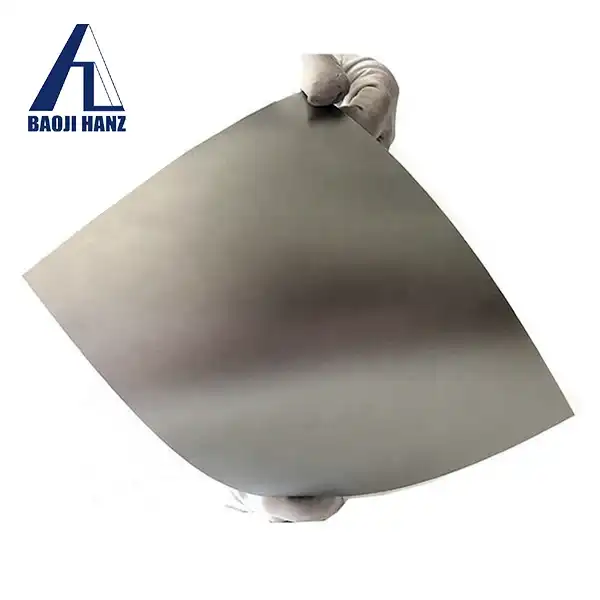
.webp)
